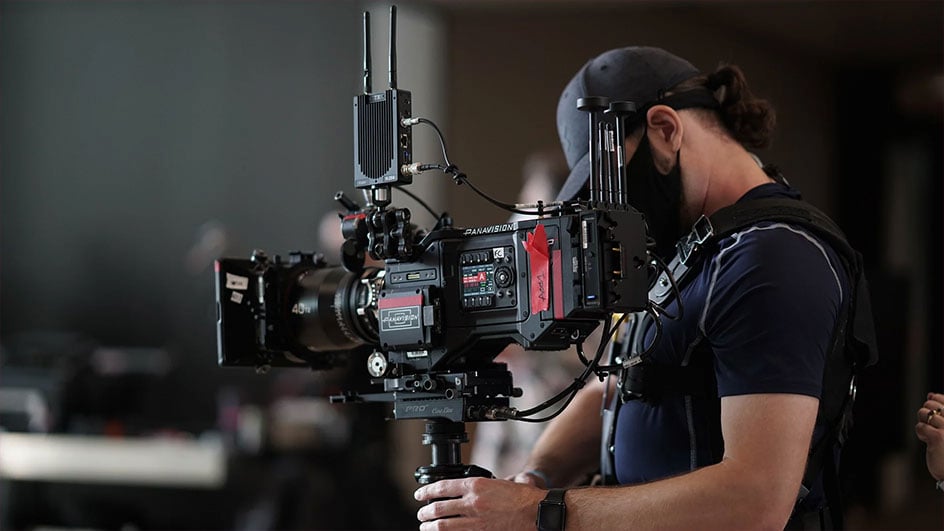NAB 2022: Frame.io and the Future of Camera-to-Cloud Recording
Jourdan Aldredge

Apr 27, 2022
NAB is back and in full swing as brands from around the world compete to give filmmakers, videographers, and all manner of content creators the most innovative new gear, tools, and features.
However, while there are plenty of cameras and gear releases that might catch your eye, one of the biggest revelations from this year’s conference actually has to do with technology that you can’t even see at all.
Camera-to-cloud recording has been a huge new feature unveiled by several brands this year. However, while we’ll have more on the latest offerings from Blackmagic and others, we have to focus on Frame.io and how their new camera-to-cloud options can be used by all Adobe Premiere Pro editors and creators.
It’s been a busy few days of NAB 2022, but out of all of our coverage from the conference (which you can keep up with on our Instagram), this camera-to-cloud news seems to reign supreme in the minds of film and video professionals.
We got a chance to get a hands-on presentation of Frame.io’s camera technology guided by Michael Cioni, who showed us the ropes of just how simple, yet powerful, the process is.
However, while it might be easy to set up, the technology at play is anything but. After all, we’re talking about sending high-quality video footage from a camera to the cloud and back to a computer for you to edit in Premiere Pro.
Here’s how everything works.
Alright, as you can see in this tutorial video from Frame.io, this process of recording directly to the cloud from your camera isn’t exactly new for the brand. However, Blackmagic is getting into the game, and tons of other brands are adding the functionality to their cameras and devices too. So if you haven’t checked out the process yet it’s high time you gave it a look.
And truth be told, this process — while it might seem like it’s out of a sci-fi film — isn’t anything supernatural. It’s actually something you might be more familiar with than you’d expect.
For example, as pointed out by Cioni in our conversation at NAB, we’re all very much used to the concepts of starting an email on our laptop, having it auto-save, then finishing our thoughts on our phone later. We’re also totally in sync with Google docs and all these other types of products which share files with the cloud.
Yet, when it comes to video files (which we know in our heads to be scary and huge), the thought of having them saved directly to Dropbox instead of SD cards seems a bit trickier.
However, as you can see above, using a Teradek Cube 655 and a device like a Scorpio recorder lets you automatically stream low-bandwidth, high-quality proxy files over WiFi or 4G LTE directly into Frame.io. This means you and your creative team can instantly view, and even edit, footage that you’re currently shooting in real time.
All of this brings us to why we’re so excited about this technology. For those who are already editing with Adobe Premiere Pro, for example, you can truly streamline your video production and editing process tenfold by making the transition between shoots and edits seamless.
If you’re already using plugins like the Soundstripe's Premiere Pro extension (which you can read more about here) or working directly with Frame.io (which you can read more about here), this means you'll have literally every video element you might possibly need available at your fingertips.
As long as your internet connection holds, you can be shooting wedding films and editing them at the same time. Or send your video team to shoot a corporate commercial while you sit at your editing suite with clients going over the assembly. Or try out different songs for your indie film while the actors are still rehearsing for their next scene.
To sum things up, even if it’s not the right technology for you and your workflow today, it’s truly a major theme at this year’s conference and a huge glimpse into what promises to be a bright future for a fully connected filmmaking process.
Stay tuned for more film and video news to come. And, as always, feel free to read up on any other interesting tips and tricks from the Soundstripe blog: